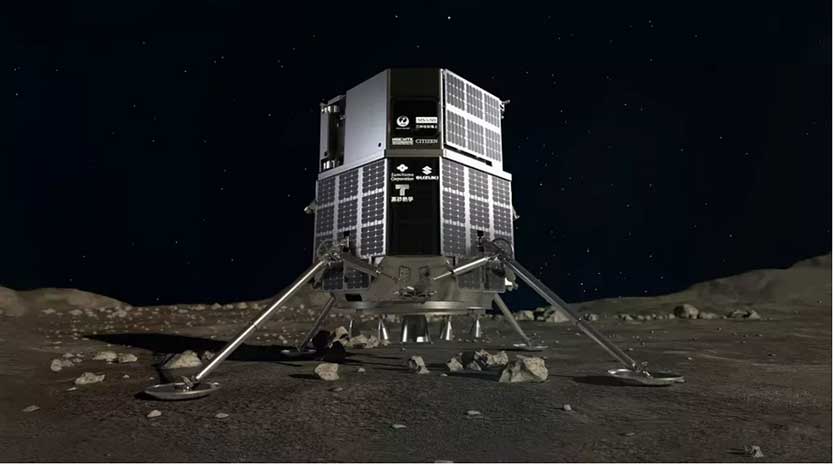The private Japanese moon lander, Hakuto-R, crashed on the lunar surface on April 25. Launched by Tokyo-based space company, ispace, Hakuto-R Mission 1 launched from aboard a SpaceX Falcon 9 rocket from Cape Canaveral Space Force Station in Florida on December 11, 2022, and was scheduled to land on the Moon at about 12:40 pm ET on April 25, 2023.

But the lander crashed due to what its manufacturer called a system glitch. According to ispace founder and CEO, Takeshi Hakamada, Hakuto-R would have touched down safely on the lunar surface but for the rim of a crater that confused the onboard altitude sensor.
Coming face to face with an unexpected terrain of the 54-mile-wide (87 km) Atlas Crater in the Mare Frigoris area of the moon, the lander believed the altitude to be zero when in actual fact it was 5 km (3.1 miles) above the surface. With a much slower descent, the fuel of the lander ran out and its descent could no longer be controlled, making it crash to the ground.
“While the lander estimated its own altitude to be zero, or on the lunar surface, it was later determined to be at an altitude of approximately 5 km [3.1 miles] above the lunar surface,” Hakamada said. “After reaching the scheduled landing time, the lander continued to descend at a low speed until the propulsion system ran out of fuel. At that time, the controlled descent of the lander ceased, and it is believed to have free-fallen to the moon’s surface.”
Ispace said that it knew something was off when the lunar lander did not transmit data to indicate a safe touchdown. If the mission had been a success, ispace would have been the first private space company ever to land a spacecraft on the Moon. An Israeli company, Bersheet, tried to do that in 2019 but the lander also crashlanded. For now, only the US, China, and Russia have successfully landed spacecraft on the lunar surface.
Ispace revealed that Hakuto-R had completed eight out of nine major missions and was on its last one before its crash on April 25. The spacecraft had commercial and government payloads on board, as well as a small two-wheeled transformable robot built by the Japanese space agency. Despite the failure of its first lunar mission, Hakamada said ispace will proceed with Mission 2 in 2024 and Mission 3 in 2-25 with hopes of success.
“Mission 1 demonstrated a great deal of technical reliability, as our lander reached the lunar surface just prior to landing,” he said. “Now, we have been able to identify the issue during the landing and have a very clear picture of how to improve our future missions.”
